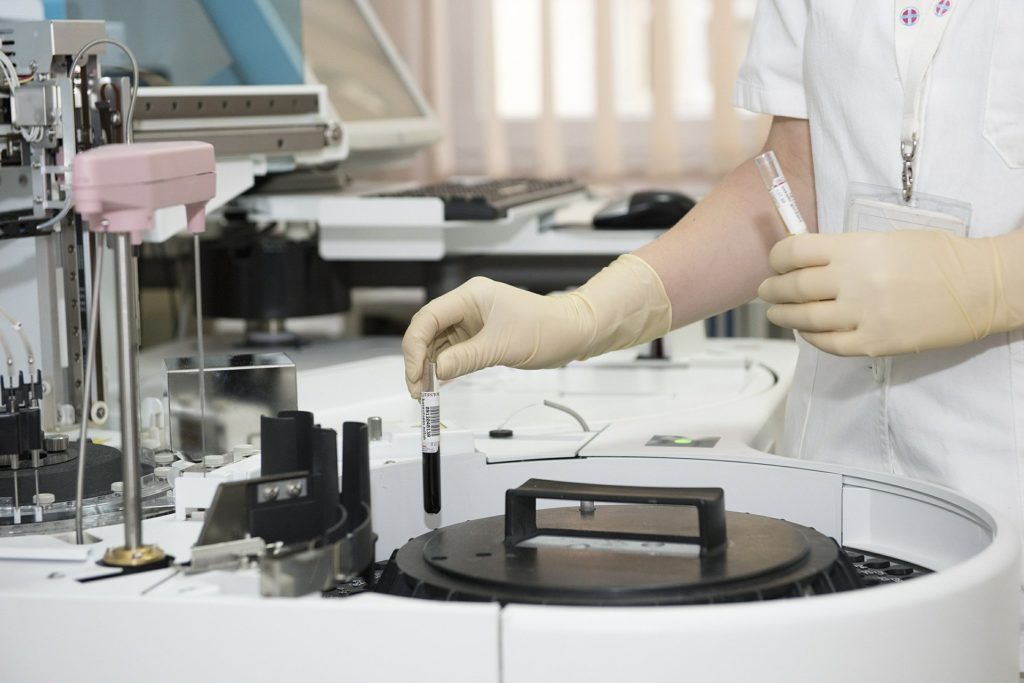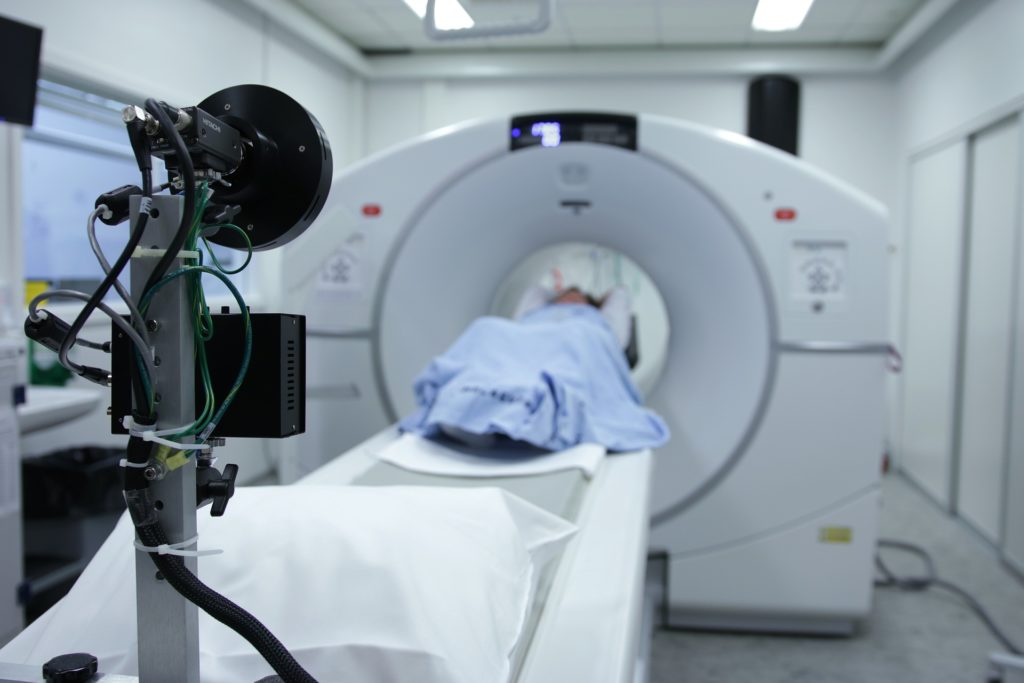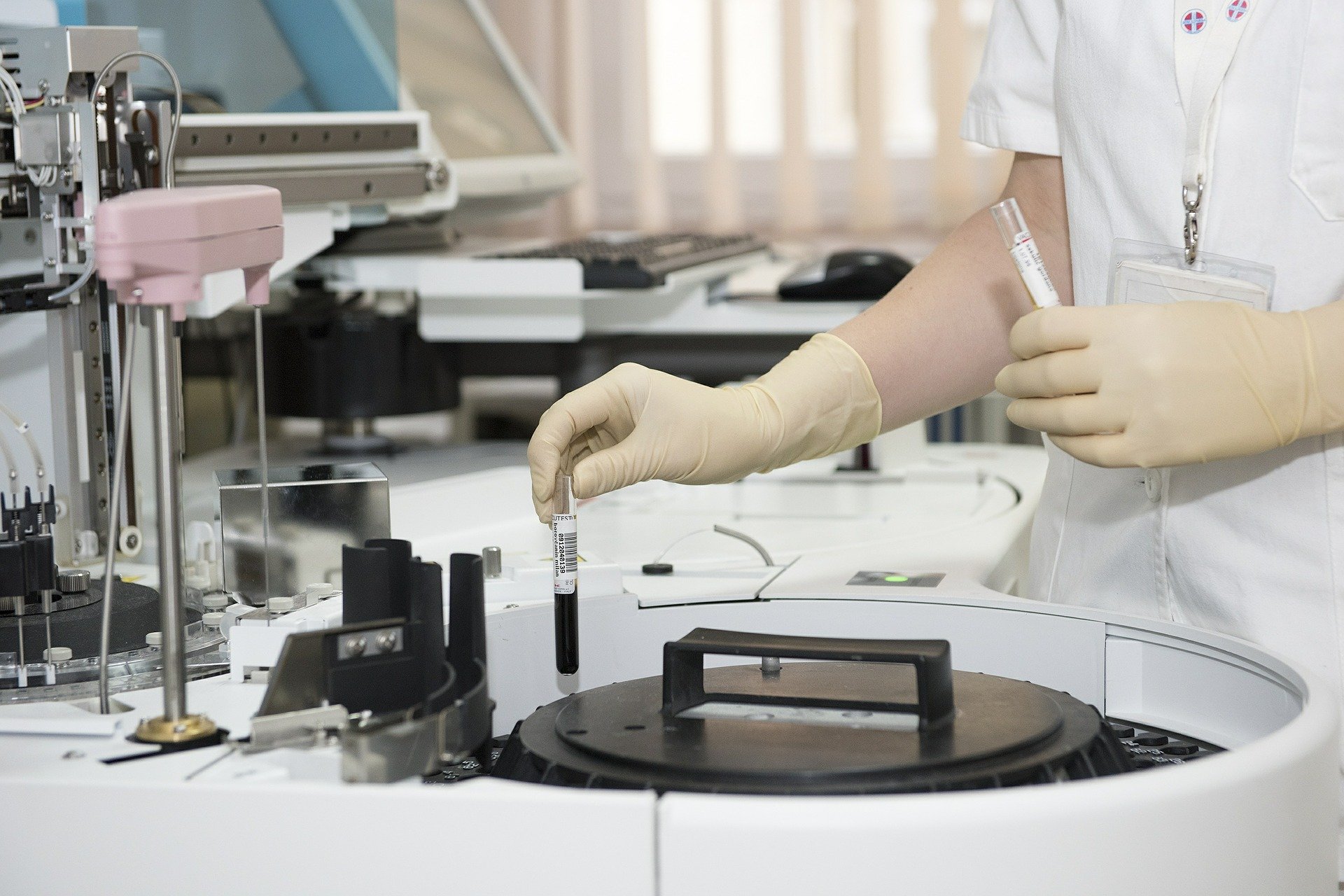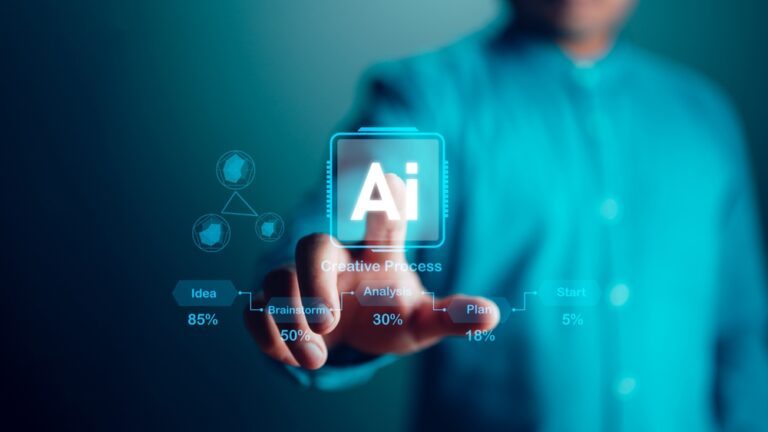The 10 Greatest Healthcare Technology Breakthroughs
Technology is evolving, and with it, other industries. The Healthcare sector is not left behind, either. New technology is playing a massive role in making healthcare more efficient. From self-monitoring tools to electronic records, antibiotics, and anesthesia, here are the most outstanding innovations in the history of healthcare.

Sensors and wearable technology
Data-driven medicine is what pushes the healthcare sector into coming up with better technological advancements. One such accomplishment is with sensors and wearable technology for collecting data. The wearable market is growing at a relatively rapid pace of 16.4 percent annually. As more and more people are opting for its convenience and efficiency.
Examples of wearable tech include bandages that can detect a pH change to let you know if your wound is infected or a cardiac cast with a pacemaker to detect any abnormal changes in your heart rate. All these come in handy is diagnosing a problem earlier and seeking treatment.
Electronic health record
Record keeping in healthcare facilities is vital. But it sure is hard work if you have to keep separate records of everything including, documentation, patient records, orders, and pharmacies. Fortunately, the invention of electronic health records allows you to integrate all of these systems into a single platform where you can access them and manage them better.
Additionally, with the shift to data-driven medicine, EHRs will come in handy as big data tools. You can collect huge amounts of data on patient records and even backup the data to prevent loss. More and more hospitals are currently incorporating EHRs in their systems, with an increase of 64 percent between 2009 and 2013. Indeed, EHRs genuinely provide the same efficiency and privacy that you can get from using artificial intelligence and mobile devices to send health information.
Remote monitoring tools
At least 2.8 million patients were using remote monitoring tools at home by 2012. Almost a decade later, that number has undoubtedly gone up. These tools allow the healthcare center to monitor your health and contact you when and if there’s a problem. This technology is beneficial in numerous ways. For instance, it helps reduce the number of readmissions by a large margin. Also, the healthcare provider can make a proper diagnosis.
According to a report by Essentia Health, the rate of readmissions for heart patients is 25 percent but is reduced to a mere two percent by administering these home monitoring systems. Plus, you can reduce medical costs and save time and money by not making unnecessary visits to the doctor’s office. This technology is a milestone in healthcare and helping doctors with proper patient care.
Blood Pressure Monitors
Measuring blood pressure is nothing new, and medical practitioners have been doing it for over 100 years. But did you know that only until recently you could not self-monitor your blood pressure? That is quite an achievement considering that at least 30 to 50 percent of adults in their 50s have high blood pressure.
With regular measurements, you can save your life and that of a loved one, especially if they have any underlying conditions like hypertension, heart disease, and diabetes. According to a study, people can currently use these monitors at home, pharmacies, and hospitals. Some of the best blood pressure monitors have LED lightings and multiple uses.
Antibiotics
Antibiotics come in handy when you need to prevent or treat infections. Infections can become deadly if it develops into sepsis. Sepsis is an extreme reaction of your body to bacteria. While you may die from such a case, you may also get a disability or a life-threatening illness. That is why you should never leave an infection (bacterial or otherwise) untreated. Even if it’s just a cut or a urinary tract infection, assuming it will go away may cost you your life. Seeking immediate treatment is the right thing to do.
However, antibiotics only came into play in the 1900s when Alexander Fleming discovered penicillin but was not introduced into the market until a decade later (which marked the golden era of antibiotics). Now, it’s a standard treatment for bacterial infections. Even so, there’s still a long way to go in discovering new antibiotics to deal with the more resistant bacteria.
Kidney Dialysis
Every organ in your body is critical in performing a function or more, including the kidneys. But what happens when these organs fail? Well more organs in your body start failing and puts you at risk of getting more illnesses. In the case of a poorly functioning kidney, you are at risk of high blood pressure, heart disease, among other conditions.
Unfortunately, chronic kidney disease affects at least 15 percent of the American adult population. But even more, unfortunately, only one out of ten adults with chronic kidney disease know they have it. And they risk having kidney failure with little to no options when it comes to medication. That is where kidney dialysis comes in.
Kidney dialysis is a form of treatment that uses a dialyzer (a machine that acts like an artificial kidney) to perform some of the kidneys’ functions that kidney failure patients cannot. When you have end-stage kidney disease, your treatment options are dialysis or kidney transplants. Currently, at least 726 000 people are on dialysis.
In the 1940s, Willem Kolff, a Dutch physician, built the first-ever dialyzer. And by the 1950s, his improved design could treat acute kidney failure successfully. Later on, Dr. Belding Scribner developed a way to treat end-stage renal disease and even made a portable dialysis machine. By 1973, 40 percent of patients could do their dialysis at home. Nowadays, with many more dialysis centers open, 90 percent of patients receive treatment there.
Anesthesia
Can you imagine how painful treatment and surgery was before anesthesia? Imagine undergoing surgery and with your nerves on alert. The pain would be beyond excruciating. Sure, the early civilization had opium or whatever herbal remedies they could find. But these were not as effective, and people could not undergo many medical procedures for fear of pain leading to their demise.
It wasn’t until 1846 that William T. G. Morton did his first surgery using anesthesia (he used sulphuric ether at the time). From there, more and more failed, and successful procedures using anesthesia was done, including the use of chloroform, nitrous oxide, and even cocaine to numb pain during surgery. And now, administering anesthesia is a safe practice and one much welcomed in the world of surgery.
Medical Imaging

It is one of the most critical accomplishments in healthcare technology for numerous reasons. Firstly, bones and skins hide most parts of your anatomy. So what happens when a doctor wants to diagnose you, and there are little to no outward symptoms to give a clear image of what ails you? The answer is medical imaging.
Through it, doctors can see your entire physiology and check out for abnormalities, growths, and tumors. Now, you no longer need to undergo surgery for doctors to diagnose and start treatment non-evasively. But that was not always the case. Professor Rontgen Wilhelm discovered how to use x rays (called so because he had little to no idea of what those are) in 1895 “accidentally” while working on a different project.
Later on, medical imaging advanced with scientists discovering ultrasounds in the early 1960s. Later on, Dr. Damian created the first full-body MRI machines, and two years later, Sir Hounsfield invented the CT machine. What you now enjoy of medical imaging are all updated versions of these accomplishments. Plus, the risk of miss diagnosing and treating reduced significantly, making healthcare better and safer.
The Artificial Heart
The heart is an essential organ. Without it, you have no chance of surviving. If your heart fails to function correctly, your organs will not receive the right amount of oxygen. The result will be organ failures from the kidney, liver, and brain, and ultimately, you may meet an untimely demise.
But that’s not all. Each year, at least 600000 people die of heart disease (it’s the leading cause of death). Of the over 100000 people diagnosed with heart failure, at least 60 to 94 percent of them will die in less than a year if it’s at an advanced stage.
Such statistics are worrying to both patients and healthcare providers. But you couldn’t help but wonder how much worse everything would be if performing a heart transplant was not possible. Luckily it is, thanks to the invention of the artificial heart.
While it has had many inventors in history, the first real break in developing a TAH device (total artificial heart) was with Dr. Vladimir P. Demikhov in 1937. However, Dr. Robert Jarvik made the first permanent artificial heart (Jarvik 7), which was successfully transplanted.
Sure, all the first recipients died after some time from one complication or another. But it set the foundation for better artificial hearts by providing valuable insights on what was wrong with the first inventions. Now, the SynCardia TAH has a better survival rate, and surgeons accomplish more transplants yearly.
Cesarean Section
Women’s health has always been a priority in the healthcare sector, so it’s safe delivery. However, complications during childbirth were one of the leading causes of death since ancient times. Although cesarean was common even then, with traditional surgeons performing it, it often resulted in the mother’s death or the child. In some cases, both mother and baby did not make it. Plus, the process was often painful and unsafe. As such, it was a measure of last resort (only performed when the mother is dead or dying to save the baby or bury it separately from the mother if both are dead).
Currently, due to other medical advances like blood transfusion and antibiotics, practitioners can prevent the two most prevalent causes of death during and after C-sections (sepsis and hemorrhage). Additionally, instead of C-section being a last resort when the mother is dying, surgeons perform it to save both the mother and baby (especially if standard delivery will result in the death of either or both). Sure, there are still risks, but we can gladly say that the risks are lower and the procedure is safer than it was a century ago.
Final thoughts
These ten technologies and inventions go a long way in ensuring that delivering healthcare is more convenient, efficient, and useful. Healthcare professionals now exude more capabilities and confidence in their work. Without these inventions in the healthcare industry, healthcare professionals wouldn’t have come this far or achieved this much. New technology such as telehealth services (telemedicine), robots, and AI opened medical breakthroughs paramount for better patient care even in rural areas. With the added benefits of using Digital Signage, employee and patient communication has also improved. These integrations into the healthcare industry ensure better workflow, better healthcare, and a more convenient healthcare field.




